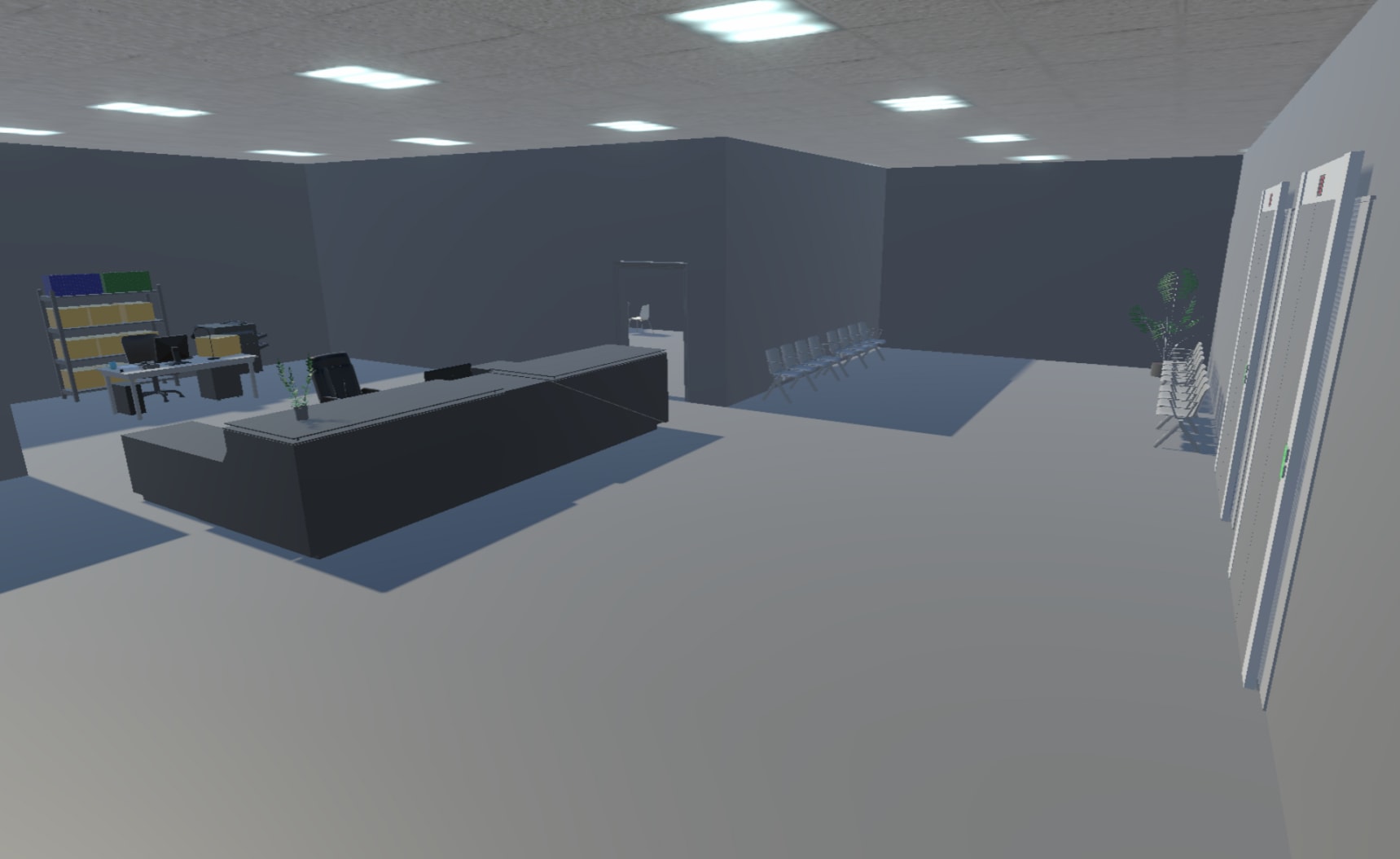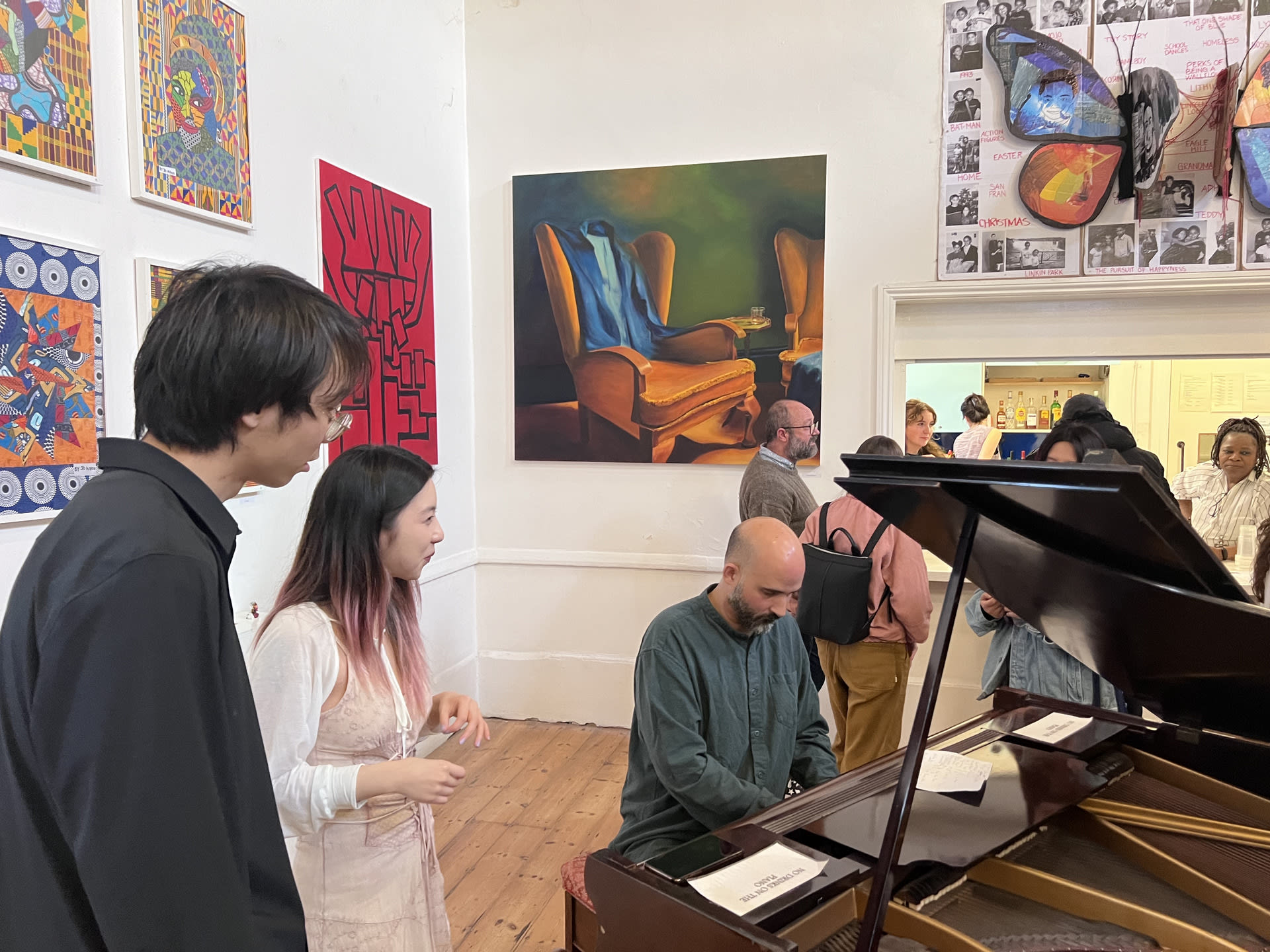Justin Piccirilli is an interdisciplinary artist based in London. His current work explores critical subjects such as austerity, the shortcomings of the welfare system around disability, the cost-of-living crisis and art practice for promoting positive mental health in communities. His work is autobiographical inspired by a life-changing accident.
His contribution to the Disability Arts Movement has been recognised through the selection of his work for the Shape Open in 2016, 2017 and 2018, and his works featured in the Shape Open Retrospective at the Hoxton Arches, London 2018. In 2021, he participated in the lecture series Don’t Worry I am Sick and Poor at the ICA, facilitated by Babeworld.
He performed AR haptic poetry for Tate Lates at Tate Modern in March 2023 and curated the Inside Out exhibition at Core Arts in May 2023. He has newly commissioned work by Shape Arts for The Many Costs of Living campaign for the Adam Reynolds Award Short List exhibition, both online and on billboards across the UK. He is the recipient of the Arts Council England’s Develop Your Creative Practice Award 2022.
He is a co-founder of the RCA’s Disabled Students’ Network (DSN), providing essential peer support, and he co-facilitated the DSN’s Disability History Month in collaboration with Shape Arts in December 2022.
Currently graduating with an MA in Contemporary Art Practice, Public Sphere, he previously studied Drawing at Camberwell College of Art. He was awarded a distinction for his RCA: School of Arts and Humanities dissertation on ‘My Body in Crisis: An Inquiry into Trauma, Identity and the Welfare State’.
Photo credit: Benjy Nug and special thanks to Maryam Alfa-Wali BSc (Hons) Med FRCS (Gen Surg) PhD, Consultant Trauma Surgeon at Imperial College Healthcare NHS Trust. Special mention to Benjy for your help with my practical support.

























